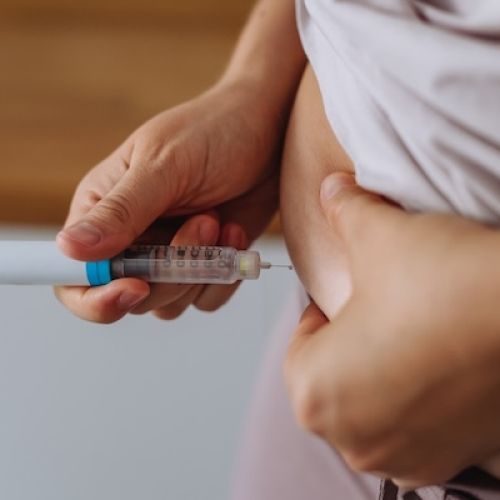How Much Tube is Needed for Tubal Reversal?

If you’ve decided you want to have a baby even though you had your tubes tied in the past, it may be possible to do a tubal reversal. A tubal reversal is a procedure that’s done to reopen and reconnect your fallopian tubes so that an egg can unite with sperm and allow you to get pregnant. Several factors need to be considered to determine if you’re a good candidate for a tubal reversal, such as your age, what type of procedure was done and how much tube remains.
Since the amount of remaining tube is a factor, most women who are interested in having a tubal ligation ask, “How much tube is needed for tubal reversal?” At the Center for Reproductive Health, expert staff are able to reverse almost all types of tubal ligations. A fallopian tube is usually around 10 to 12 centimeters long, which is about four to five inches. Even when fallopian tubes are cauterized or burned, the majority of the tube remains unharmed. Women who have about 7 cm of tubing left have the best chance of getting good results from a tubal reversal. If you have less than 5 cm of tubing, you may not be a good candidate for a tubal reversal.
What Other Factors Are Considered?
Several other factors are considered in addition to the length of tubing that remains. Your age is an important factor. The younger you are, the better chance of success you’re likely to experience after a tubal reversal, and the best success is usually achieved in women under the age of 40.
Before scheduling tubal reversal, your doctor does a thorough review of your medical history. If you have other problems that may affect fertility such as uterine fibroids, irregular periods or endometriosis, it can affect your chance of conceiving even if you have tubal reversal. The health of your partner’s sperm is also considered.
The success rate of a reversal procedure can be impacted by the type of procedure that was done. If rings or clips were used to tie your tubes, this type of procedure is usually easier to reverse than procedures in which the tubes were burned. Even if your tubes were burned, the procedure may be reversible if there’s enough healthy tube left for your doctor to reattach.
How Soon Can I Get Pregnant After Tubal Reversal?
Couples often are able to conceive six to twelve months after tubal reversal, and approximately 70 percent of people who have this procedure are able to get pregnant within a year. If you haven’t been able to get pregnant after tubal reversal or if you aren’t considered a good candidate for the procedure, another option is in vitro fertilization (IVF) a type of assisted reproductive technology.
The experts at the Center for Reproductive Technology want to help you attain your dream of having a successful pregnancy. They can help you decide if tubal reversal is right for you and what other options may be available to help you get pregnant. Schedule a consultation today.




